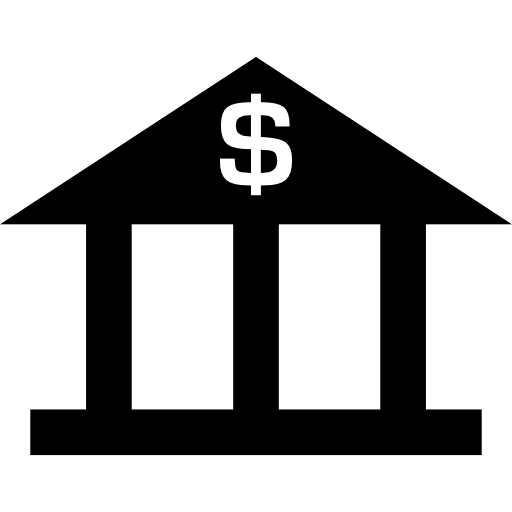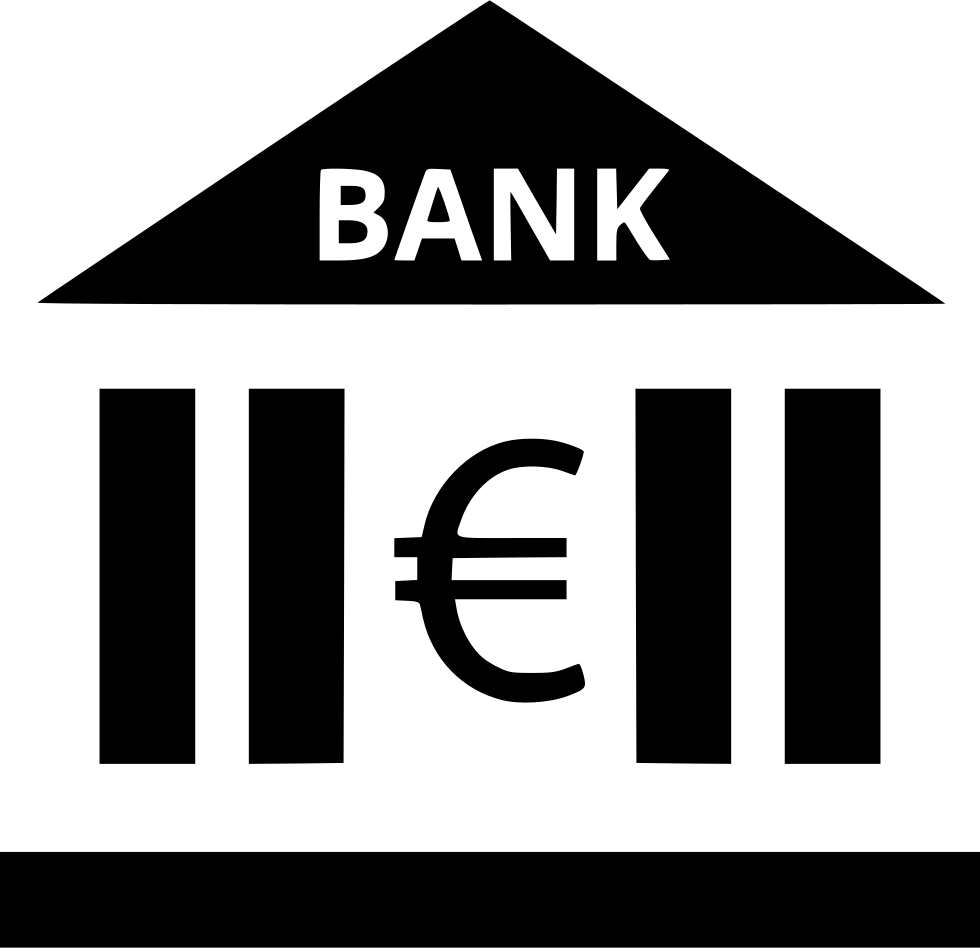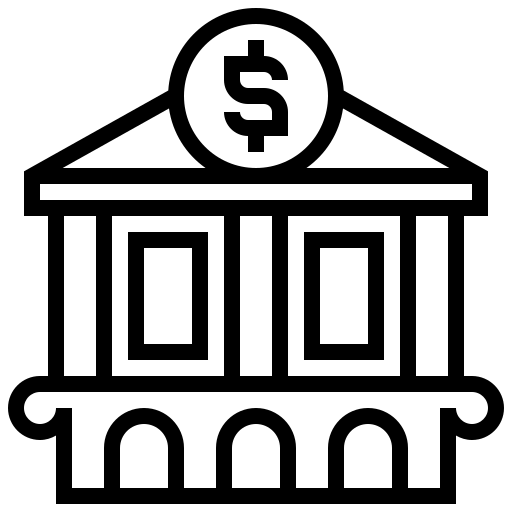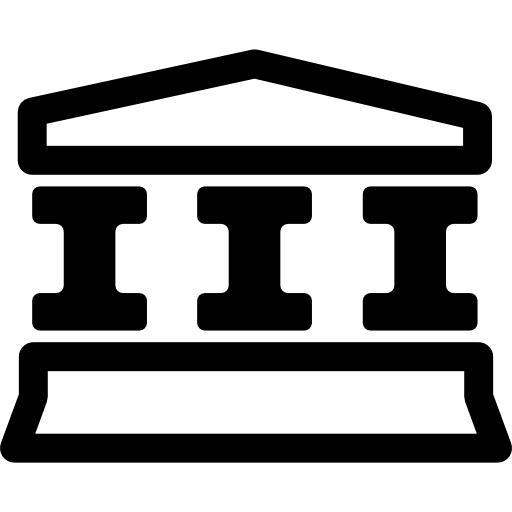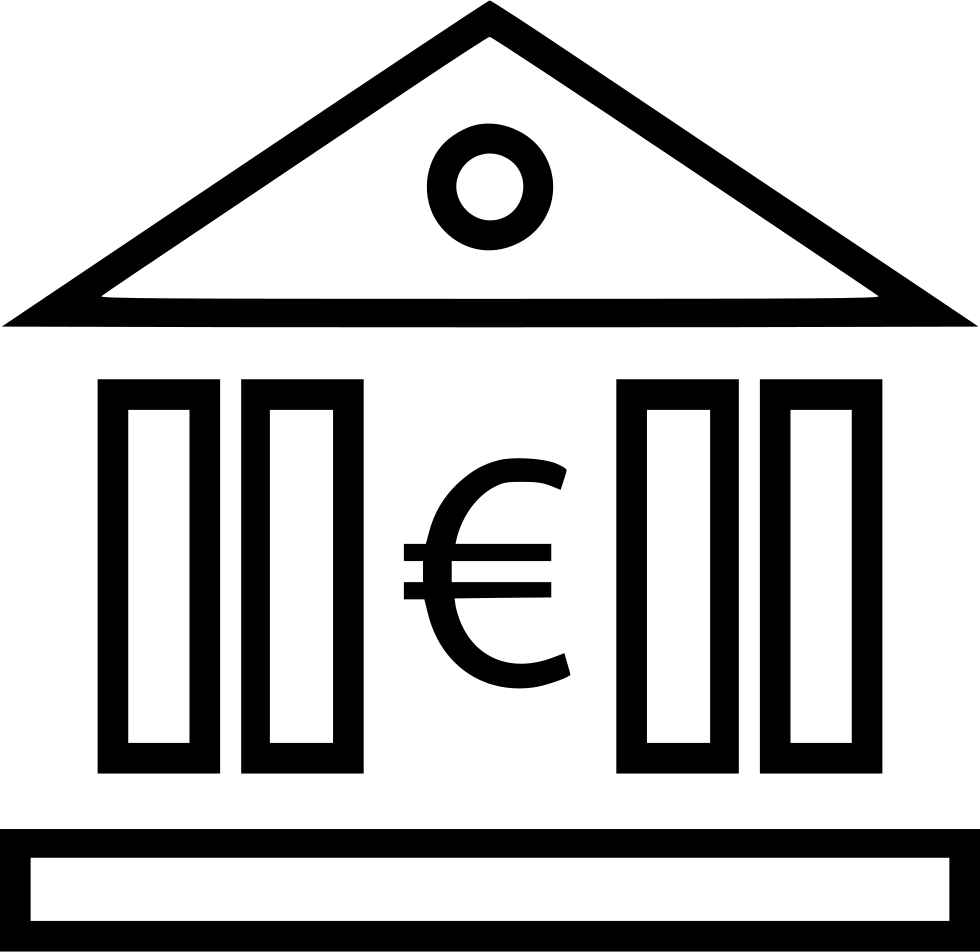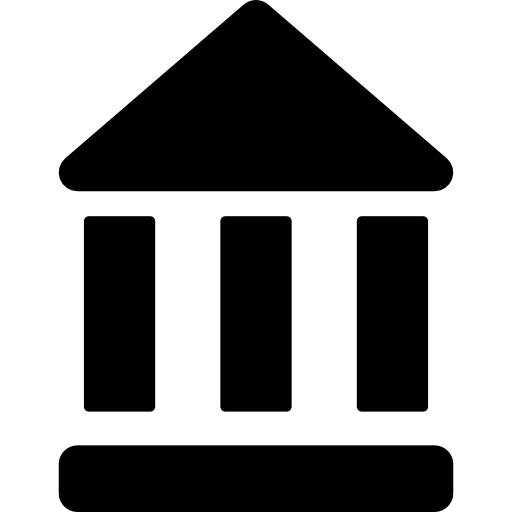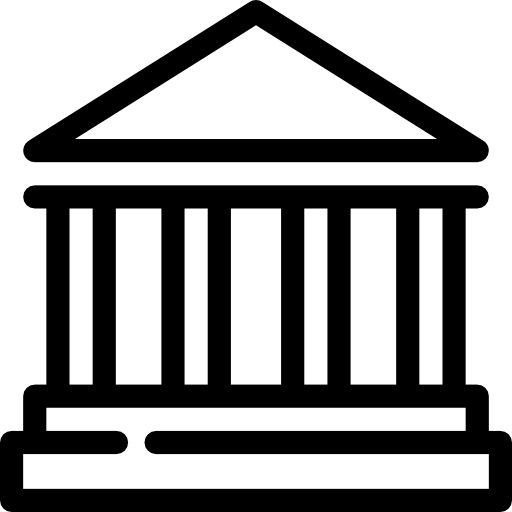Download top and best high-quality free Bank Sign PNG Transparent Images backgrounds available in various sizes. To view the full PNG size resolution click on any of the below image thumbnail.
License Info: Creative Commons 4.0 BY-NC
A bank is a type of financial entity that lends money while both taking deposits from the general public and generating demand deposits. The bank may engage in lending activities directly or indirectly through the capital markets.
Because banks are crucial to the financial stability and economic health of a nation, they are subject to intense regulation in most countries. The majority of nations have institutionalized the fractional reserve banking system, in which banks keep liquid assets that are only partially equivalent to their current obligations. Banks are often subject to minimum capital requirements based on an international set of capital rules, the Basel Accords, in addition to additional restrictions meant to maintain liquidity.
In many respects, banking in the modern sense developed as a continuation of the ideas and notions of credit and lending that had their origins in the ancient world throughout the fourteenth century in the rich towns of Renaissance Italy. Numerous financial families, including the Medicis, the Fuggers, the Welsers, the Berenbergs, and the Rothschilds, have been influential throughout history. Banca Monte dei Paschi di Siena, which was formed in 1472, is the oldest retail bank still in operation. Berenberg Bank is the oldest merchant bank still in operation (founded in 1590).
When merchants offered loans using grain as security in a barter system during the prehistoric eras of Assyria and Babylonia, the idea of banking may have first emerged. Ancient Greek and Roman lenders introduced two significant innovations: accepting deposits and exchanging money. Evidence of money lending is also found in the archaeology of this time period from Iran, ancient China, and India.
By managing checking or current accounts for clients, paying checks that customers have drawn on the bank, and collecting checks that have been placed into customers’ current accounts, banks serve as payment agents. The use of additional payment methods, such as Automated Clearing House (ACH), wire transfers or telegraphic transfers, EFTPOS, and automated teller machines, is also permitted by banks (ATMs).
Banks borrow money through accepting deposits on current accounts, term deposits, and the issuance of debt instruments like bonds and banknotes. Banks lend money via funding advances on current accounts for consumers, providing installment loans, investing in marketable debt instruments, among other methods.
Banks offer a variety of payment services, and most organizations and people view having a bank account as essential. Remittance businesses and other non-banks that offer payment services are typically not regarded as suitable alternatives to bank accounts.
When banks provide loans, they create fresh money. To guarantee that banks can satisfy requests for payment of such deposits, authorities in modern banking systems set a minimum amount of reserves that banks must retain against the deposit obligations incurred by making these loans. These reserves may be obtained by taking on more deposits, selling other assets, borrowing from other banks, including the central bank, or accepting new deposits.
Download Bank Sign PNG images transparent gallery
- Bank Sign PNG Image
Resolution: 512 × 512
Size: 9 KB
Image Format: .png
Download
- Bank Sign PNG Images HD
Resolution: 512 × 512
Size: 9 KB
Image Format: .png
Download
- Bank Sign PNG Images
Resolution: 800 × 673
Size: 5 KB
Image Format: .png
Download
- Bank Sign PNG Photo
Resolution: 512 × 512
Size: 7 KB
Image Format: .png
Download
- Bank Sign PNG Photos
Resolution: 1280 × 1280
Size: 38 KB
Image Format: .png
Download
- Bank Sign PNG Pic
Resolution: 512 × 512
Size: 4 KB
Image Format: .png
Download
- Bank Sign PNG Picture
Resolution: 400 × 400
Size: 31 KB
Image Format: .png
Download
- Bank Sign PNG
Resolution: 512 × 512
Size: 5 KB
Image Format: .png
Download
- Bank Sign Transparent
Resolution: 980 × 948
Size: 20 KB
Image Format: .png
Download
- Bank Sign
Resolution: 512 × 512
Size: 9 KB
Image Format: .png
Download
- Bank Sign Background PNG
Resolution: 350 × 679
Size: 7 KB
Image Format: .png
Download
- Bank Sign No Background
Resolution: 512 × 512
Size: 6 KB
Image Format: .png
Download
- Bank Sign PNG Cutout
Resolution: 512 × 512
Size: 6 KB
Image Format: .png
Download
- Bank Sign PNG File
Resolution: 980 × 952
Size: 19 KB
Image Format: .png
Download
- Bank Sign PNG Free Image
Resolution: 400 × 400
Size: 33 KB
Image Format: .png
Download
- Bank Sign PNG HD Image
Resolution: 512 × 512
Size: 17 KB
Image Format: .png
Download
- Bank Sign PNG Image File
Resolution: 512 × 512
Size: 4 KB
Image Format: .png
Download
- Bank Sign PNG Image HD
Resolution: 512 × 512
Size: 5 KB
Image Format: .png
Download







